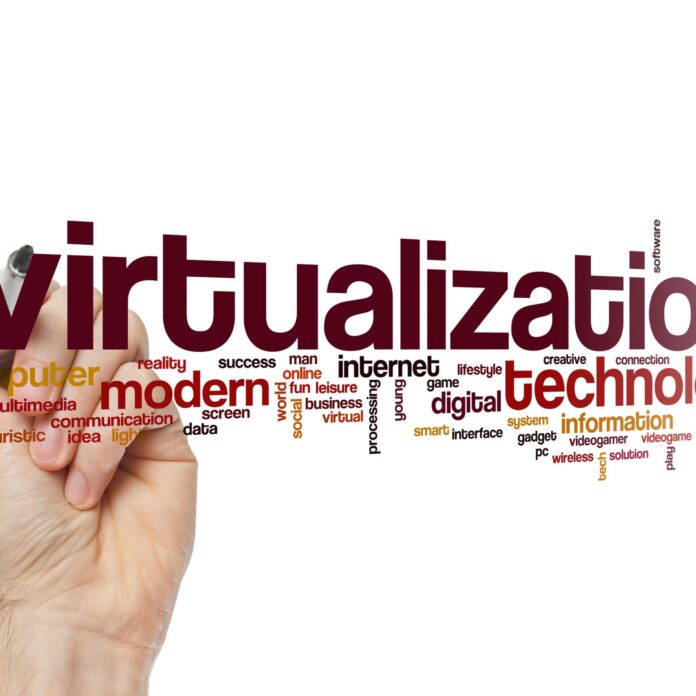From physical to virtual
IT departments are becoming virtualized in an effort to deliver more services with less financial resources. Migrating from legacy systems to virtual systems doesn’t happen overnight, however. It is a gradual process that often requires many steps. Nevertheless, it is possible to shorten the path to virtualization by keeping the following practices in mind.
Hardware compatibility
While easing into virtualization, it is important to make sure the host hardware is compatible with the software to be used. This is especially true for newer softwares, which are often compatible with new host operating systems but not older legacy systems. Ensuring compatibility can be achieved by referencing a software vendor’s hardware compatibility list.
Resource management
Virtualization doesn’t mean network resources are unlimited. Any organization making the switch ought to consider whether they have the resources for the overhead of virtualization and applications, such as compute and bandwidth. Even lightweight forms of virtualization like containers can over consume server resources without the user knowing it. Although containers can be deleted when no longer needed, they can be costly to scale up or down.
Monitor performance
Automatic monitoring systems can be used to continuously check the pulse of a virtualized environment. The technology keeps tabs on everything from network paths to storage locations, notifying network administrators in the event of any anomalies. Network monitoring can also be used to troubleshoot networking glitches as well as examine the impact a customizable application can have on a network. Although, it should be noted not every point on a network is of equal importance with network monitoring. Points of data convergence often require attention.
Secure network controls
Having strong passwords and firewalls can help prevent network data from being breached. Equally important is to limit a user’s ability to alter the network in a way that could compromise it. Eliminating unnecessary devices and guest service accounts can help protect against unauthorized access to a virtualized environment as well.
System audits
Given how virtualization provides a host of critical applications, it behooves service providers to follow through with system audits. System audits ensure a company network is operating smoothly and can potentially help fix glitches. They can often be performed automatically too.

